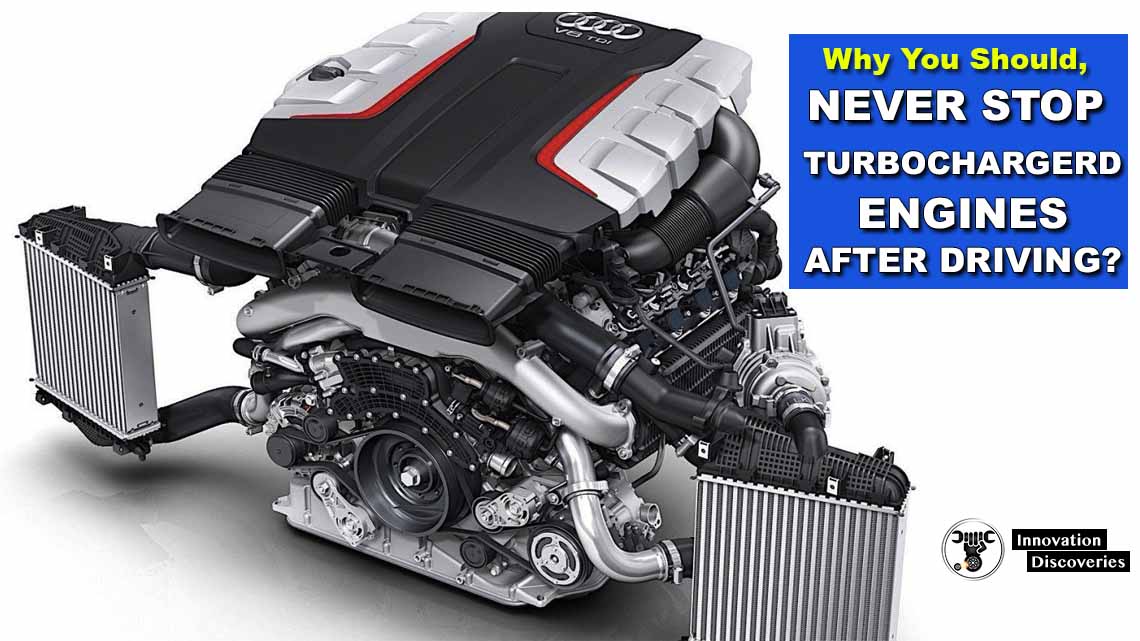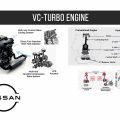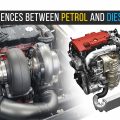Let’s say you have two turbocharged cars. They both have the same type of engine with the same displacement.
They both make 20 psi of boost, but one of them makes more power than the other.
Weird, right? Jason Fenske from Engineering Explained on youTube is here to break down how and why it happens.
Though the boost pressure may be the same for both engines, It’s just one factor in calculating how much power comes out of the engine.
Fenske explains that the temperature of the air going into the engine is a major decider for power output.
Let’s say one of those cars I mentioned earlier has a smaller, Less efficient turbocharger than the other.
It has to work harder and spin faster to make that 20 psi of boost.
Because it’s spinning so fast, it heats up the air more which causes it to become less dense.
And because the air is less dense, there’s less oxygen going into the engine. And that means less power.
It’s the same story if one of those cars doesn’t have an intercooler.
Because the turbocharged air isn’t being cooled before it goes into the engine, it’s hotter compared to an intercooler car. Hotter air means less density, which means less oxygen, which, again, means less power.
So while boost may be an important part of making horsepower, it’s how efficiently the air gets into the combustion chamber that matters most.
Remember that the next time you’re putting a boost into a car.
SEE MORE:






One Comment